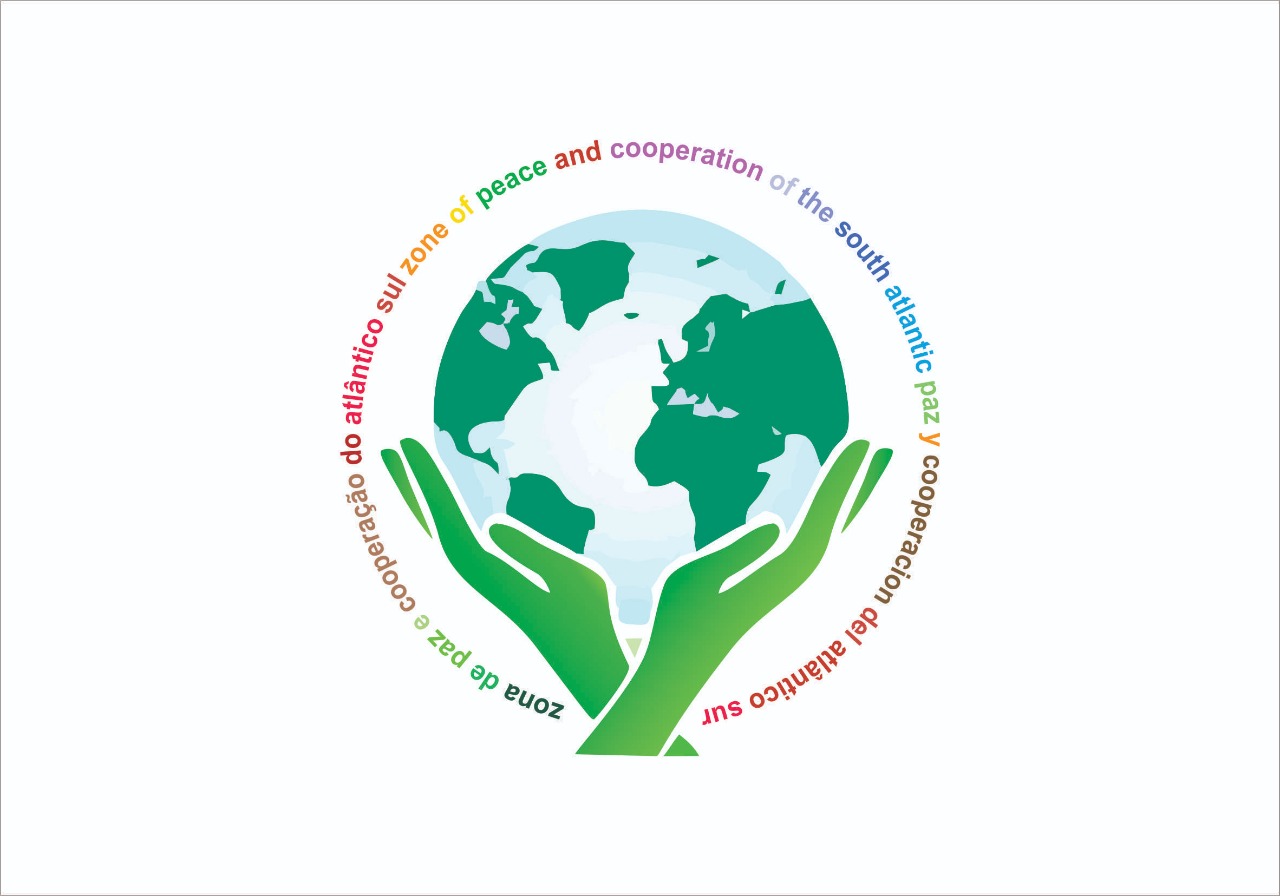The Cape Verdean island of São Vicente will host next week the first ministerial meeting of the South Atlantic Peace and Cooperation Zone (Zopacas) in more than 10 years, according to an official source.
The VIII ministerial meeting of the organization will be held on April 18, at the Oceanographic Center of Mindelo, island of São Vicente. It will be preceded by preparatory meetings at the level of permanent representations in New York and high representatives or focal points, according to the Government of Cape Verde.
The VII ministerial meeting of the member states of this organization was held in Montevideo (Uruguay) in January 2013.
In December 2019, the then Minister of Foreign Affairs of Brazil, Ernesto Araújo, said in Praia that the Brazilian government intended to “revive” Zopacas, created in 1986 by a United Nations resolution, involving 24 African and South American countries and whose headquarters are hosted by Brasilia.
“We want to revive it as the hub where we can discuss ways to fight crime in this Atlantic corridor,” said the then head of Brazilian diplomacy under the presidency of Jair Bolsonaro.
In addition to these two Portuguese-speaking countries, Angola, Guinea-Bissau, São Tomé and Príncipe and Equatorial Guinea (all members of the Community of Portuguese-Speaking Countries) are also signatories of Zopacas.
The organization also includes South Africa, Benin, Cameroon, Côte d’Ivoire, Gabon, Gambia, Ghana, Guinea, Liberia, Namibia, Nigeria, Republic of Congo, Democratic Republic of Congo, Senegal, Sierra Leone, and Togo from Africa, as well as Argentina and Uruguay from South America.
The Zopacas was created under a United Nations resolution in 1986, with the objective of avoiding the introduction of nuclear and other weapons of mass destruction in the region, to promote multilateralism, and to take advantage of all the socioeconomic potential of the Atlantic corridor.
